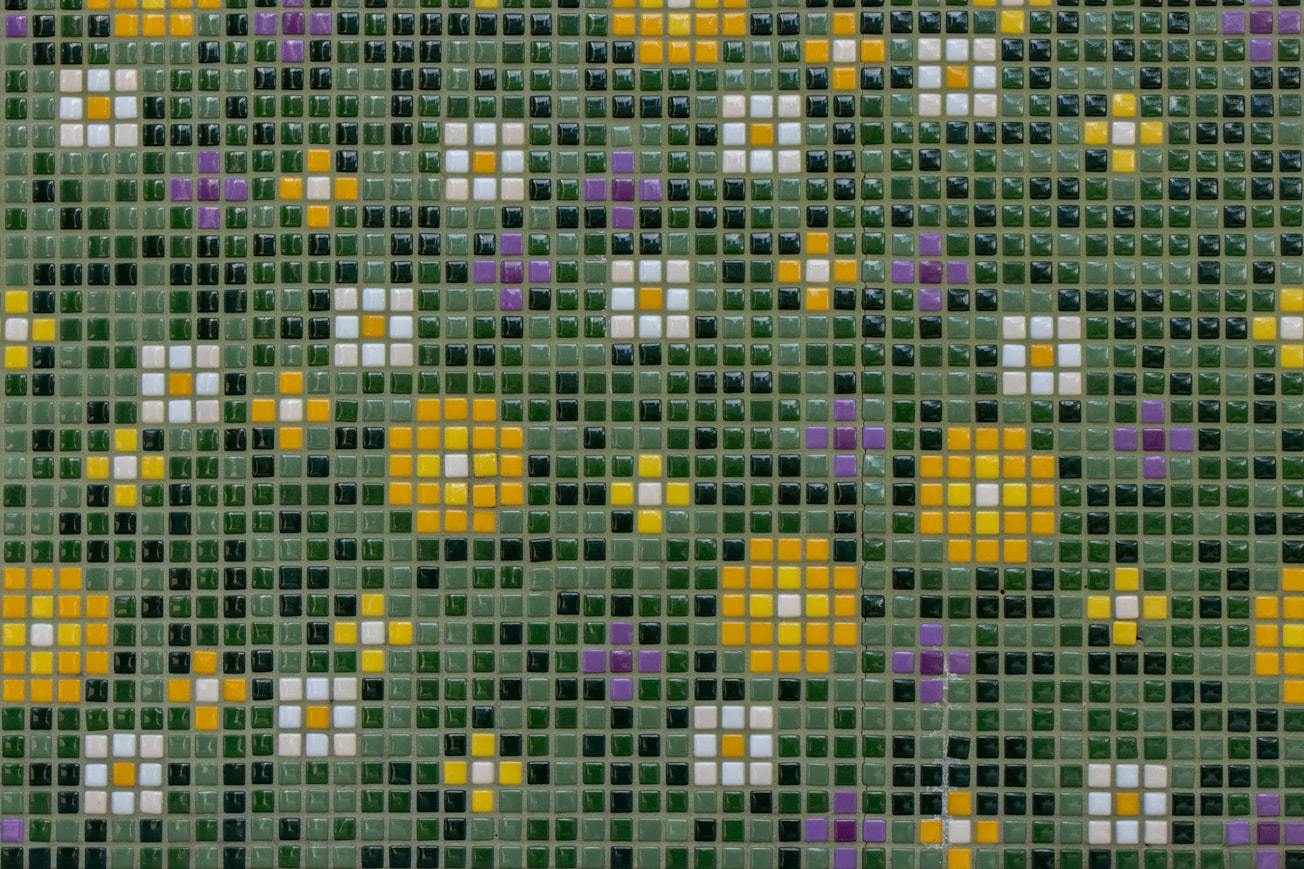What is it about?
In this work we tested the association between performance (we call it prestige) and success in the very recent art movement known as crypto art. We invited art experts to select meaningful artworks from SuperRare gallery, the major marketplace for crypto art at the moment. Then we correlated the selected artworks with signals of success of the artworks in the gallery. The outcome was somewhat surprising: curators tend to identify themselves with the observer and in doing so they anticipate the likes of the mass, as artworks praised by them are also appreciated by the market. Finding a balance between popularity and artistic talent is something curators are naturally attracted to. Moreover, we observed that the role of art experts and art makers are different: the former are attracted by the political and reflexive aspects of art and the latter are allured by its emotional and technological facets. It would be interesting to investigate if these findings are confirmed or refuted in the traditional art market.
Featured Image

Photo by Mitchell Luo on Unsplash
Why is it important?
This is one of the first academic studies about crypto art. Crypto art identifies rare digital artworks associated with unique and provably rare tokens that exist on the blockchain. It draws its origins from conceptual art: sharing the immaterial and distributive nature of artworks, the tight blending of artworks with currency, and the rejection of conventional art market and institutions.
Perspectives
In his recent book The Formula, Barabasi draws an interesting parallel between the concepts of performance and success. While performance is an internal variable that depends on how we played the game, success is an external factor that depends on the recognition we receive from others for our performance. In this work, we compare performance and success at the level of blockchain art.
Massimo Franceschet
Read the Original
This page is a summary of: Art for Space, Journal on Computing and Cultural Heritage, October 2020, ACM (Association for Computing Machinery),
DOI: 10.1145/3402443.
You can read the full text:
Resources
Contributors
The following have contributed to this page







